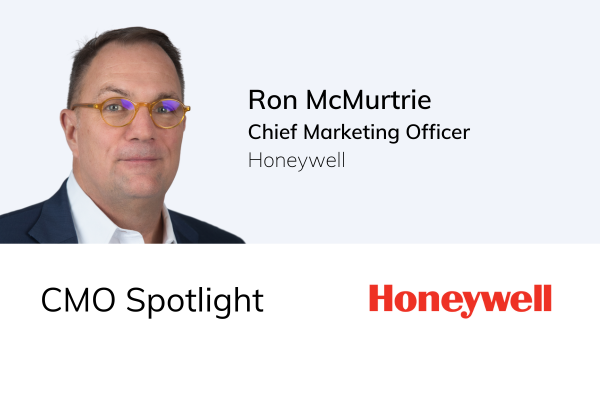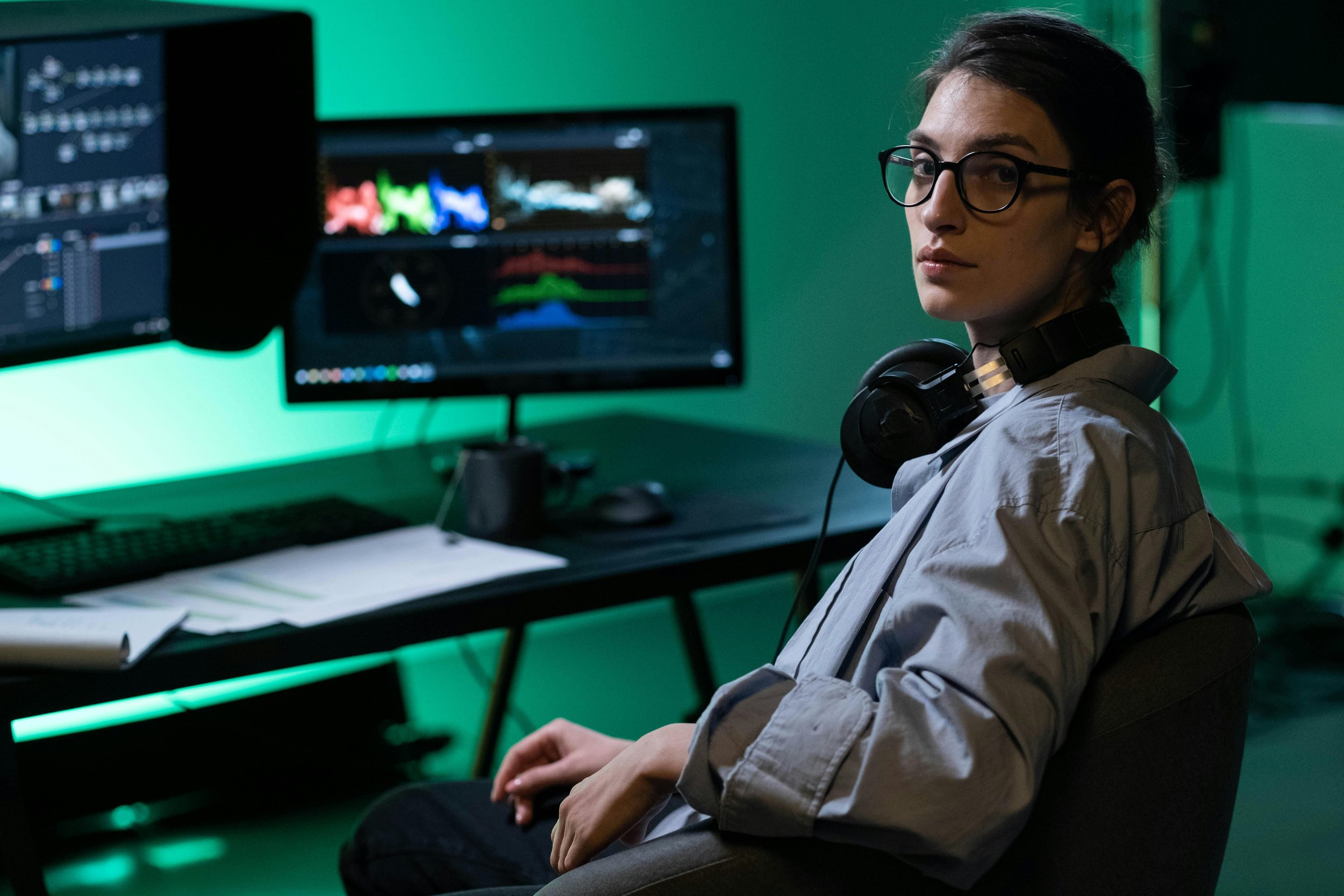The Rise of AI in 2025: Leveraging your Tech Stack While Preserving Human Connection
“Artificial Intelligence (AI) is no longer just a buzzword in marketing—it’s changing our business. It’s all around us, much like electricity or the internet,” shared Sharon Carothers, Managing Director of SensisHealth, a dedicated unit of Sensis, a full-service national independent marketing and advertising agency.
Is AI stripping consumers of excitement? Is there unconscious bias in AI? How can marketers stand out while using the same tech stack?
In conversations with marketing leaders in the high-tech and innovation sector, adopting AI is not the challenge. The future belongs to teams who adapt to AI while investing in human elements like curiosity, connection, and inspiration.
Carothers alongside AJ Brustein, the former VP Marketing at SmartNews, and Catherine LaCour, the CMO of Blackbaud, share their thoughts on the rise of AI, explain how it is shaping the way brands connect with consumers, and explore how AI is making marketing more personal, predictive, and automated than ever before.
Hyper-Personalization: Helpful or Intrusive?
“Think about the last time you saw an ad (during the Super Bowl?) that felt like it was custom made just for you. That’s hyper-personalization at work and AI now helps brands analyze tons of data in real time, crafting messages and offers tailored specifically to your interests.”
AI-driven personalization is everywhere in 2025. It’s helping brands predict what consumers want before they ask, but Carothers poses the key question: does it feel helpful, or intrusive? Is it manipulative to use your own data to target you?
This tension resonates with Catherine LaCour, CMO at Blackbaud, who sees personalization as a powerful lever, but not one without risks. “We're using AI to predict how messaging is going to resonate with our audiences so we can get better and better,” she shares. “Every marketer right now should see great opportunity and great risk in the way our audiences are using AI to research and learn - it's going to cause meaningful shifts in how we think about SEO, how we connect with prospects, how we build credibility and expertise.”
Both leaders agree that the goal is better resonance, not just higher click rates. The tools are smarter, but so are the consumers, so they should be used to understand the consumer and their goals rather than used for personal gain.
“We don't change our strategies as long as we are confident in our product being the right and best option for our target audience,” states Brustein. The care for the customer should always be a brand’s priority.
Prediction vs. Discovery: Does AI Kill Curiosity?
Carothers also digs into how predictive analytics is reshaping the buyer journey by providing marketers with every detail about their consumer’s behavior. While this can help with personalization, she brings up that it may deter consumers because a part of life is the element of surprise:
“Instead of relying on guesswork, marketers now use AI to anticipate trends, customer behaviors, and even what you might buy next. We all think this is interesting and impressive but with so much prediction power, does it take away the spontaneity of shopping and discovery? Humans thrive on curiosity and the joy of finding something unexpected—does AI strip away this excitement? And how do consumers negotiate – and ultimately trust - the ‘data sharing’ pieces of an increasingly digital monitor from social media platform, to your watch, to your phone, and streaming device?”
It’s a sharp point—one echoed by AJ Brustein, former VP of Marketing at SmartNews. His team actively uses AI for experimentation, including in early-stage research:
“We have run a number of experiments with AI, from copywriting and image generation for ads to brainstorming and war games for internal thought starters. One of the more interesting examples recently was using an AI-driven video interview for some qualitative research we needed. The results were great - perhaps not as in-depth as an experienced human interviewer would be, but 80% of the way there, and for this project, given the time and budget constraints, that was all we needed.”
AI can be a shortcut to speed to gather information and data, but as Carothers and Brustein both suggest, it shouldn’t replace the nuance that makes marketing feel human. So use the data to relate to your consumers, but allow for them to have some ownership of their journey. Allow them to have room to discover, seek out, and find excitement.
The beauty, to LaCour’s point, is that “AI is opening up so many new possibilities for marketers.” Using predictive analysis and AI to increase consistency in brand voice and effectiveness with copy, and overall efficiency, is really energizing to leaders in the space, and, hopefully, is resonating with the audience.
Automation with Empathy: Can We Scale Connection?
“From chatbots to dynamic ads, AI is making marketing faster and more efficient. But is there a risk of losing the human touch?” Carothers asks.
This is the fundamental question facing marketers now.
Carothers warns that emotional connection, empathy, and warmth—the things people remember—can be diluted if we don’t actively protect them. At Blackbaud, LaCour is taking that to heart by investing in her team’s learning curve, “We rolled out AI learning cohorts to give employees a chance to try out AI tools… exploring use cases, practicing prompts, and learning from each other’s wins and failures. As time goes on, AI will be more and more a part of everyday life, so bringing employees along and helping them learn the skills to leverage AI is critical right now.” The more familiar marketers are with the tool, the more they can tweak it to be used for them, not instead of.
Brustein, too, encourages experimentation—just with guardrails. “Don't trust, and definitely verify. AI, no matter how well-trained or fine-tuned it is, will make up nonsense and hallucinate or just not do what you want. It is very important that you don't use AI as the last step in your process, but rather a preliminary one that helps you get a jump start. It is also just not better than humans on the creative/analytical/strategic side. For example, I'll regularly start brainstorming and ask ChatGPT for 10 ideas and then use those as NO-GO ideas that are so obvious we can't use them and push for more thoughtful responses from my team.”
In other words, AI can support scale, but strategy still has to guide the work, and a human should be steering the ship.
Data, Bias + Trust
Carothers doesn’t shy away from AI’s darker edges. She highlights data privacy concerns, algorithmic bias, and the potential for overuse, “How can brands strike the right balance between AI-driven efficiency and genuine, human-centered engagement?”
It’s a timely question, and one that requires a long-term mindset. LaCour and Brustein encourage experimentation with AI, but restate a human’s role in the process. Since it will be how markets interact with each other online, it is important to continue to train your teams how to engage, brainstorm, and utilize it. “We always leave space in our budget for experimentation with new tech, new tools, or new channels to help us bring our strategies to life. We expect that these will likely fail and we'll get useful learnings, but occasionally, these experiments succeed, and when they do, they often become a key driver of growth moving forward as we shift significant spend into them,” Brustein shares.
LaCour chimed in about training, “Where we’ve seen success is carving out the time, space and learning opportunities to bring everyone along. At Blackbaud we rolled out AI learning cohorts last year to give employees a chance to try out AI tools and features and learn from each other—exploring use cases, practicing prompts, and learning from each other’s wins and failures. This model really helped give people permission to explore and try new things in a way that was supportive.”
It’s not just about optimizing for now, it’s about learning and designing systems that can evolve with trust, transparency, and authenticity.
The next wave of innovation won’t be defined by how fast we adopt AI, but by how boldly we ask it to serve human creativity, not replace it.
“GenAI doesn’t give you new things—it rehashes what it already knows. That is not the type of output that leads brands to success.”
“AI is set to play an even bigger role in creative storytelling, influencer marketing, and immersive experiences like AR and VR. But the heart of all this technology is human behavior—our emotions, our desires, and our need for real connection,” concludes Carothers.
Real leadership lies in how we uniquely use the tools given to us. Whether you're a brand marketer testing new channels, or a CMO reimagining your tech stack, the takeaway is clear: Marketers need to continue to experiment, educate, approach findings with skepticism, and stay human. Using AI to amplify their current strategies and organize their data, but not overtake or drive all of their ideas.
Curious how other brands are approaching AI through the lens of strategy and empathy?

































Over the past year, we’ve watched the following patterns emerge across seemingly unrelated sectors: rising consumer expectations, demand for authenticity, growing complexity, and the tension between automation and human connection.
We interviewed multiple marketers from an array of industries in our blogs below, and we discovered consistent trends across the board. Check out all of our industry blogs throughout 2025 from leaders at Blackbaud, Hiscox USA, Mimedx, MONPURE, Kimberly-Clark Professional, and more.